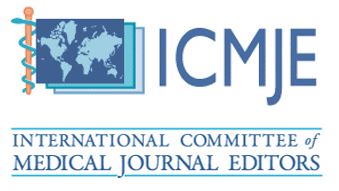Subcutaneous Mycoses on The Face Of A Child: A Case Report
DOI:
https://doi.org/10.51200/bjms.v19i1.5580Keywords:
Subcutaneous mycoses, terbinafine, itraconazole, beta-haemolytic streptococci, antibioticAbstract
Skin infections is a common presentation at primary healthcare clinics. It may be caused by a variety of pathogens, including viruses, bacteria, fungi, or parasites. The most common skin infections are caused by bacteria, namely Staphylococcus aureus and Group A beta-haemolytic streptococci. Fungal infections, particularly subcutaneous mycoses, may exhibit similar clinical features as bacterial infections. In this case report, we highlight the importance of considering subcutaneous mycoses as a differential diagnosis for patients presented with skin infections, especially if the condition did not improve with antibiotic. This case report also emphasised the importance of considering the potential side effects of systemic antifungal medications before initiating the treatment in children. Accurate diagnosis through culture testing is essential to guide the treatment, rather than relying solely on empirical treatment based on clinical symptoms.
Downloads
Published
How to Cite
Issue
Section
License
All articles are published under the Creative Commons Attribution-NonCommercial (CC BY-NC 4.0) license, enabling users to read, download, copy, distribute, and adapt the material for non-commercial purposes, provided proper credit is given to the original authors and the source. This model supports transparency, accessibility, and the global exchange of medical knowledge.








1.png)





